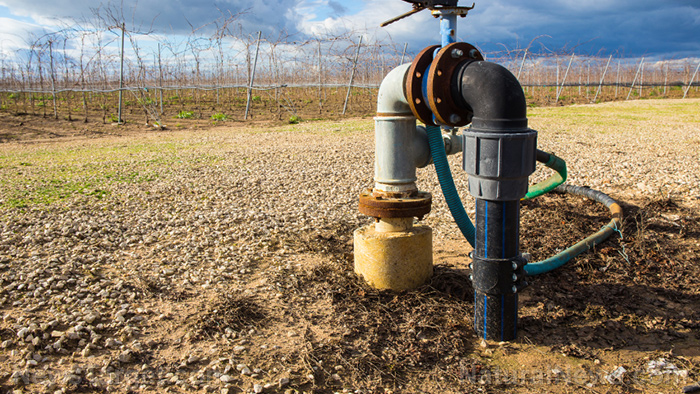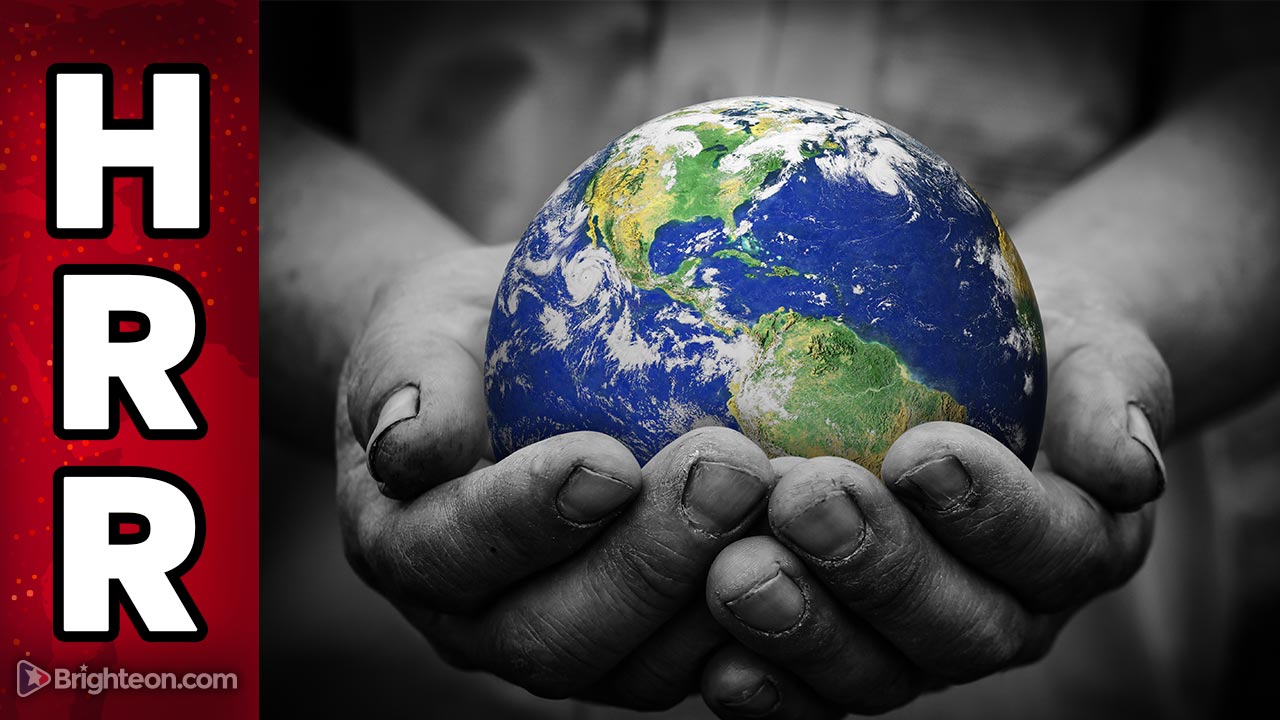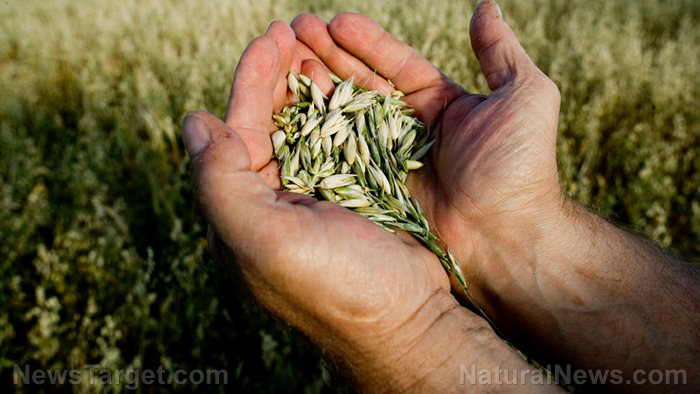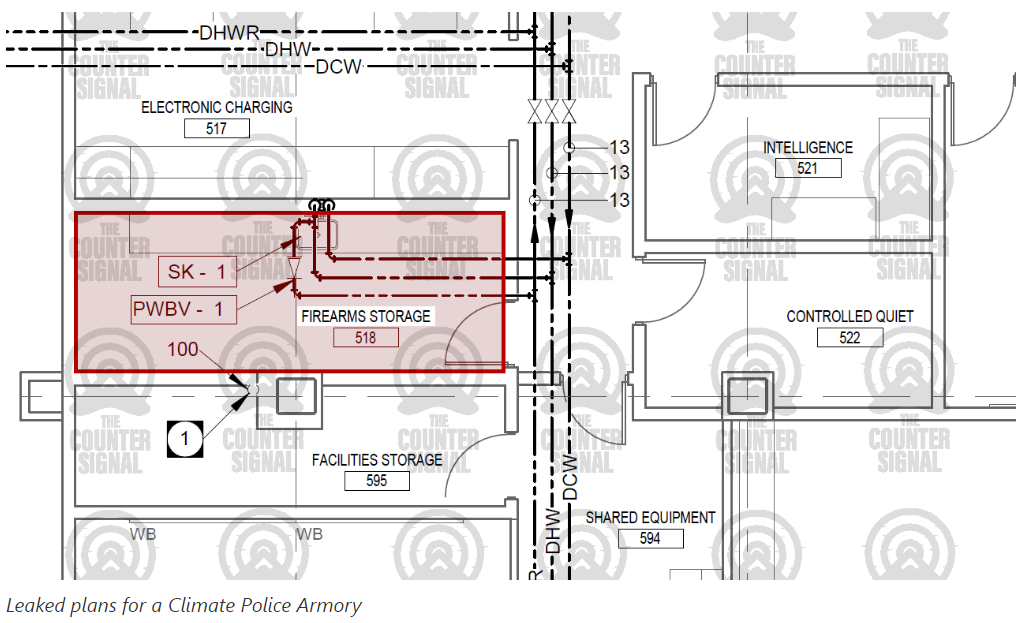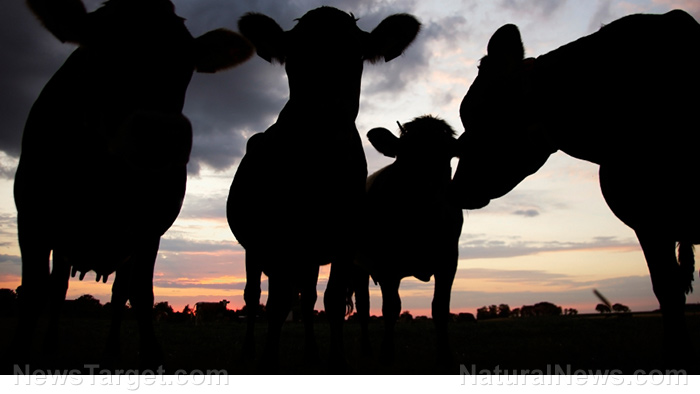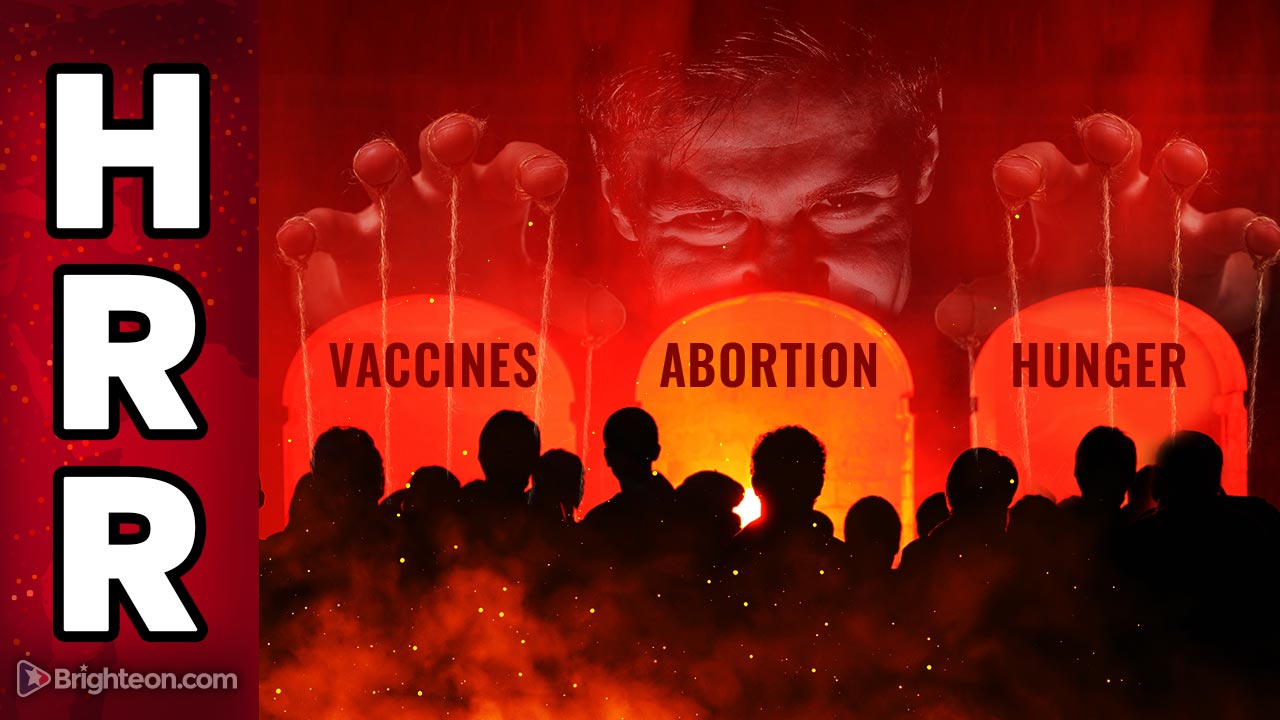Nebraska crop, corn yields drop as extreme heat affects US corn belt
08/09/2022 / By Mary Villareal
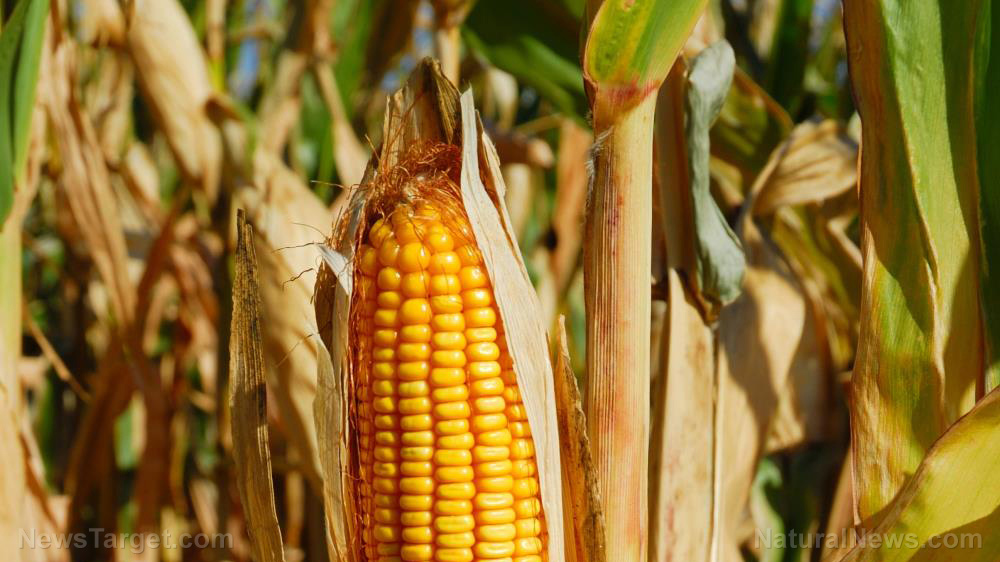
Nebraska’s crop yields dropped three percent for both corn and soybeans at the end of July, and are likely to drop even more after the extreme heat and dryness in early August.
Ryan Ueberrhein, a farmer in east central Nebraska said that corn came through pollination in good shape, but both corn and soybeans are now under severe stress.
“We haven’t had rain now for quite some time. If we have, it’s been very spotty where we’ve gotten it,” he said. “The heat keeps rising around here. I mean this week we’re close to 100 (degrees) pretty much every day.”
Irrigated corn is taking nearly an inch of water daily – when weather is giving smaller yields, especially off the record levels in 2021, it is likely that they can’t reach the yields they are rooting for.
Ueberrhein said if they can maintain an average, or even just slightly below average in yields, he would be happy, but with a full week of no rain and temperatures exceeding 100 degrees, it will take at least 20 percent of the average yield.
Last year, Ueberrhein had 83 bushels of beans, but it will be below that number this year unless the weather becomes more favorable. He said that if they don’t get any rain at all in August, he will lose 50 to 60 percent of his beans, if not the entire yield.
Meanwhile, Syngenta Technical Agronomy manager Bruce Battles said later planting has caused delays for crops and they are now at a critical week for the physiological stage of row crops.
In South Central Nebraska, farmer Andy Jobman said time is running out before he loses his dryland crops for the year. He said the severe drought has created additional pressure to have higher-than-average yields at harvest of other crops. “We really need our irrigated acres to perform well this year,” he said. “With all of the extra irrigation that’s been going on, that obviously increases the cost of that line item for us on top of all of the other costs that have been going up, too.”
With 90 percent of Nebraska experiencing some level of drought, this can be a challenge, even with a large amount of irrigation. Battles also said the bigger factor they have to consider is that they are going into a period where they have to tip back on their plants, and the depths could be shallow to the point where they might lose some bushels. (Related: Dawn of a new depression – Half of U.S. counties now designated disaster areas, financial fallout undeniable.)
There had also been several storm cycles that caused replanting earlier in the year, making it a challenging season for many farmers in the area.
Gro Intelligence predicts yield to be lower than USDA projections
Gro Intelligence predicts the U.S. corn yield to be lower than the United States Department of Agriculture’s (USDA) latest national yield projections. There could be comparatively stronger yields in some eastern corn belt states like Wisconsin and Illinois, but it would not be enough to offset steeper declines in other parts of the western corn belt like Nebraska and Kansas.
Overall, the forecast indicates that corn stocks in the U.S., the world’s largest producer and exporter of corn, will remain at their tightest levels in nearly a decade. The hot and dry conditions have also depressed corn production in European Union countries. Moreover, the continued uncertainty around Ukraine grain exports has global corn supplies in decline for the years 2022 and 2023, contributing to food insecurity in many parts of the globe.
Soil moisture levels weighted to U.S. corn growing areas also show readings at their lowest levels in over a decade, especially in the west. Limited rainfall and above-normal temperatures have also reduced the corn crop moisture profile, which put more stress on the yields. The success of the corn crops for the year will now depend on how widely yields diverge between the western corn belt compared to the rest. (Related: Despite record-breaking drought conditions, California officials are draining reservoirs.)
The forecast for soybeans is not any better. Gro’s Soybean Yield Forecast Model also indicates yields that will be below the latest USDA projections, with August and September weather having the greatest bearing on the results. So far, however, extended weather forecasts show the weather for August is not favorable for soybean pod set and pod fill.
Visit FoodCollapse.com for more information about crop yields for the season.
Watch the video below for more information about the possibility of food shortages as both the north and south hemispheres suffer from weather changes, fertilizer shortages and more.
This video is from the ADAPT 2030 | Solar Minumum channel on Brighteon.com.
More related stories:
Drought threatens US wheat harvest, deepening global supply challenges.
“Exceptional” drought stressing crops in American West.
California to cut water supply to cities and farmlands amid worsening drought.
Sources include:
Submit a correction >>
Tagged Under:
agriculture, chaos, climate, Collapse, crops, disaster, Drought, environment, famine, food collapse, food production, food scarcity, food shortage, food supply, harvest, hunger, irrigation, Nebraska, panic, rationing, starvation, supply chain
This article may contain statements that reflect the opinion of the author
RECENT NEWS & ARTICLES
COPYRIGHT © 2017 FOOD COLLAPSE

